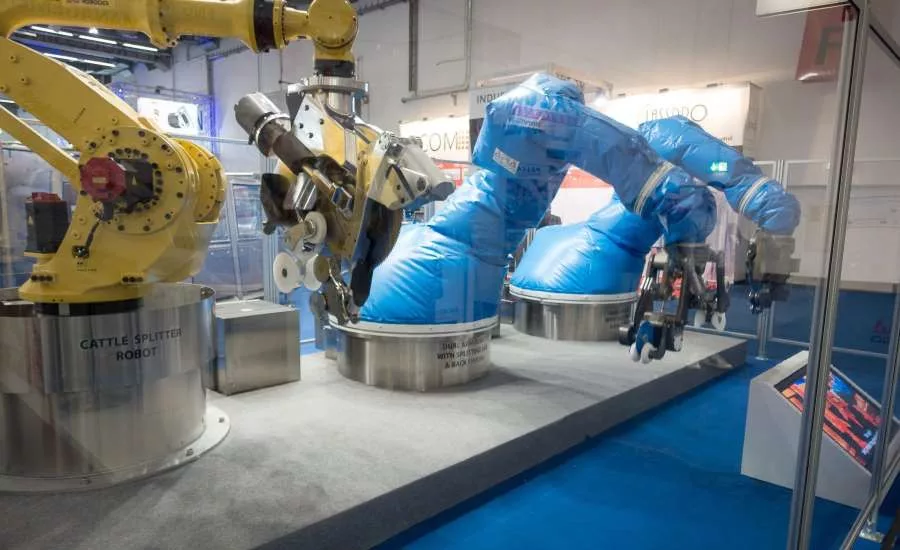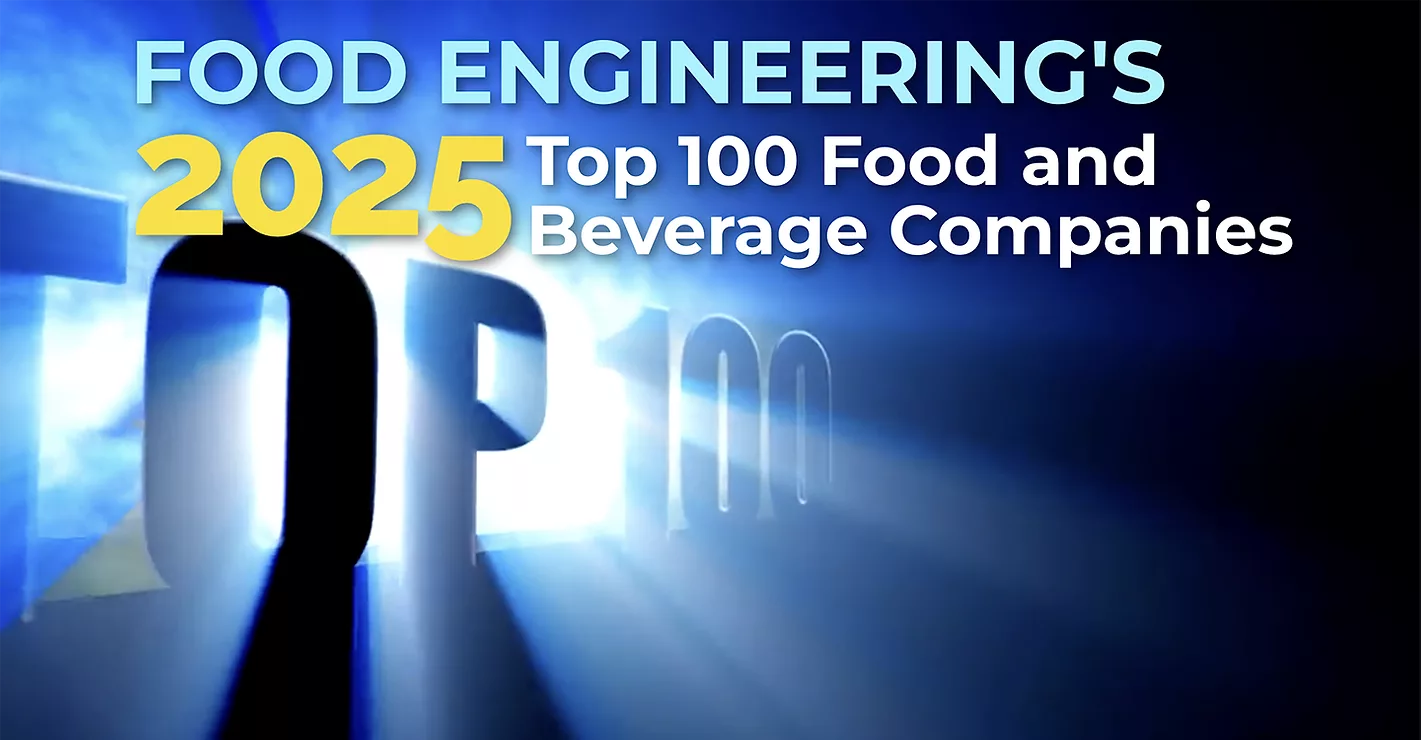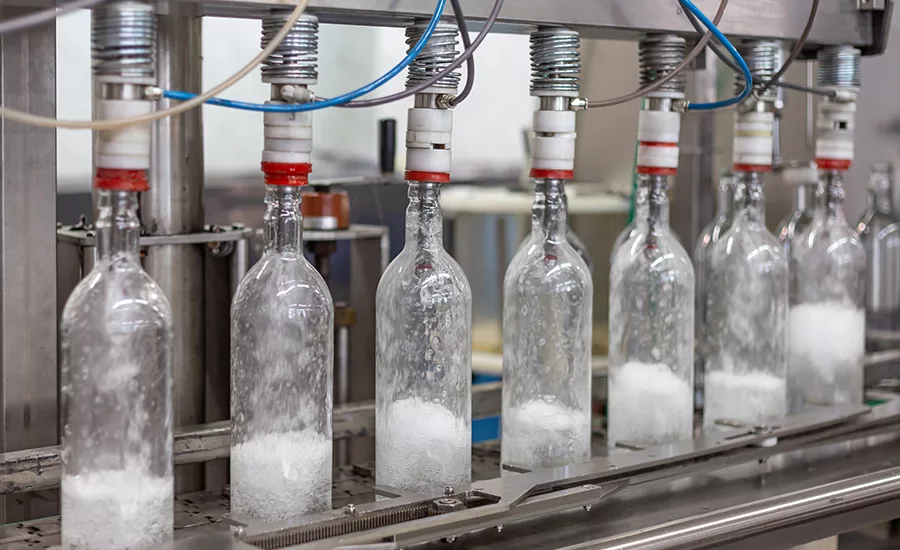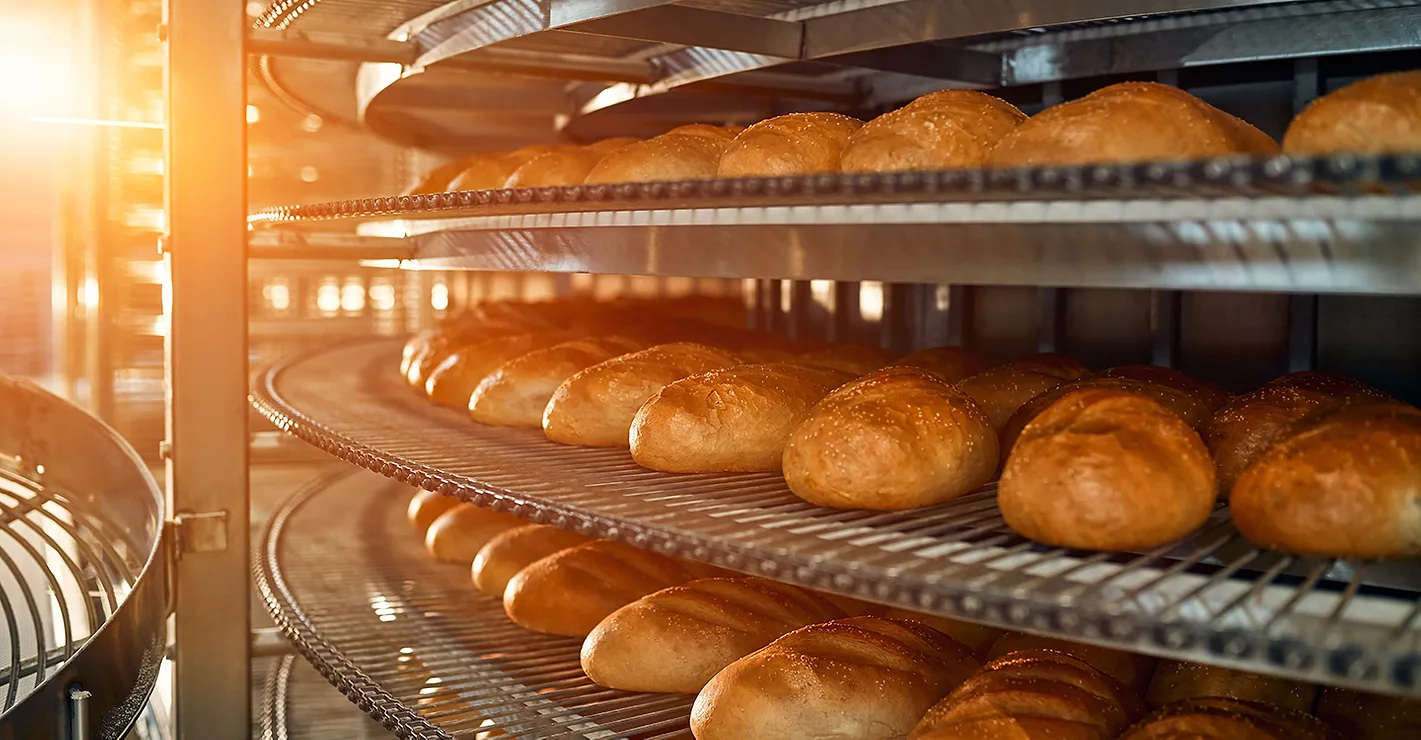Meat/Poultry/Fish
Smart Robots and AI Make the Cut in Meat Processing

Image courtesy of Fortifi Food Processing Solutions.
For cutting and deboning, meat processors are making the move from simple electromechanical automation systems to smart robots and artificial intelligence (AI). The advanced robot technology is here now and continues to evolve, especially because of AI.
Facilities in several market segments of the meat processing industry have already embraced robot automation and AI technology. For other facilities with a focus on traditional methods, the incorporation of such technology would require a change of cultural mindset to overcome an “this is the way we’ve always done it, how our customers want it and we’re not going to change” attitude. These facilities often hesitate to implement new technology for fear of losing business – or simply because they don't see benefits in change.
As a result, electromechanical servo-controlled automation still commands a strong presence in the meat processing industry. However, these systems only move linearly from point A to point B in X, Y or Z axes and are limited in their cut variation flexibility. With robot automation, processors gain the versatility to accommodate all the preferred cuts for different market segments without the cost and time of working with an inflexible dedicated system.
The slaughtering line process basically remains the same until the carcass is sectioned in half. From there, the cutting and deboning process involves many variables based on market preferences. Some want boneless cuts of meat and others require bone-in cuts. With robots, equipment development can suit more players in the market and further expands the ability to automate additional processes, especially cutting and deboning.
One key technology that has catapulted the use of robots in meat processing has been 3D vision/camera systems. Vision technology then paved the way for advanced AI-driven robotic systems that cut and debone meat with high accuracy, improving yields and reducing waste.
Robots with AI-guided vision and machine learning capabilities adjust to variations in animal size and muscle structure, increasing precision in cutting and reducing the risk of repetitive strain injuries among workers. Simultaneously, AI algorithms analyze historical and real-time data on factors such as animal size, fat content and seasonal variations to maximize yield further from each carcass.
In initial processing, robots now perform the splitting operation using a laser system that scans each carcass and generates a 3D vision system image to adjust robot positioning for more cutting accuracy. In essence, the robot knows the animal's length and width. With this size and shape data, the robot can also adjust its cutting pressure and blade speed because each cut requires a specific downward torque matched with the proper blade speed. All this ensures the backbone is not splintered. If the cut is made on either side of the backbone, the corrective cut would require an extra manual operation, which adds time, labor and cost.
3D vision laser scanning and camera technologies allow processors to apply robots further in the meat processing industry beyond simply splitting operations. One such operation is the removal of chine bones. In this operation, a vision system scans each carcass part, down to where the ribs are. It then determines where to make cut, or if the cut is impossible because part of the carcass is damaged, an error occurred or the cut is outside the cutting range. An electromechanical machine would make the cut regardless of this damage and further destroy the piece of meat.
Most meat processing facilities want the latest automation, with optimum return on investment (ROI) as the dominant factor. Fortunately, the costs of robots and other technologies have dropped over the past several years. Add that to the labor savings, and the result is a faster ROI.
Labor savings are critical. For instance, a cutting and deboning process typically requires 60 to 80 workers, and companies struggle to find individuals to fill those positions, mainly because of the nature of the work. Robots are always working, eliminate the associated costs of human labor, reduce waste and allow processors to provide much more uniform end products that customers highly desire.
Currently, AI is applied mainly to teach robots how to cut in controlled environments, but many equipment suppliers to the meat processing industry predict that, with AI, multiple robots on a cutting and deboning line will be able to communicate with one another. For instance, the last robot and the second robot can tell the first robot that it is cutting too deep and vice versa, with the first robot passing carcass information to the following robots so they can adjust. Each robot uses its own vision scanning system to collect and share information with the entire line.
Although many would like to see completely automated meat processing, the demand for speed often weighs heavily into the equation. In several market segments, processing facilities are replacing electromechanical systems with industrial robots. In others, however, facilities run processing lines at higher speeds that are often difficult to achieve with robots. For this reason, those markets use more automatic machines for their speed and will incorporate newer technologies such as 3D laser vision and camera systems into those machines instead.
The issue that then arises is whether or not facilities would sacrifice speed for full automation. Yes, a fully automated line would need to run longer to maintain production levels, but it would do so using only one-third of the necessary labor. However, in automating meat processing, facilities should avoid the mindset of replacing one human with one piece of automation. Instead, they need to consider which types of cuts they could combine for one robot to perform. Thanks to the combination of today’s smart robots and AI, such versatile automation is possible.
Looking for a reprint of this article?
From high-res PDFs to custom plaques, order your copy today!






-BioCraft-Leadership.webp?height=200&t=1697041286&width=200)


